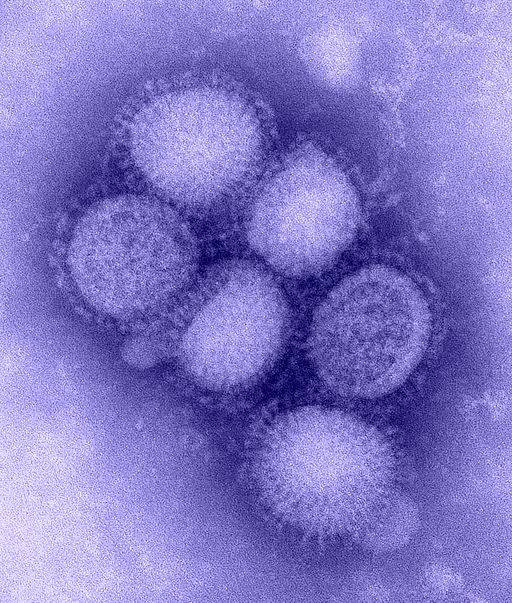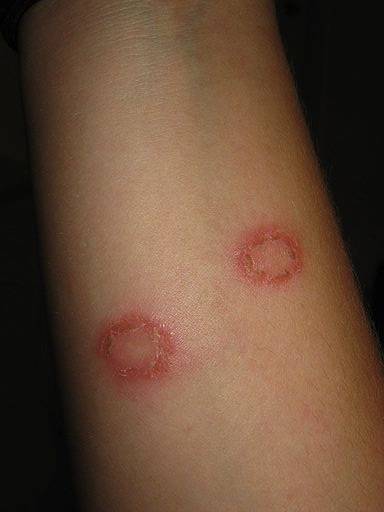Gym owners, if someone walks into your establishment and sees a dirty gym, more than likely you will lose clients. I know the appeal of many CrossFit gyms is that they are in warehouses, thus the naming of CrossFit establishments as “boxes,” but it doesn’t mean your box can’t be clean. The same goes for any other gym or yoga studio (especially if you are a heated studio). Cleanliness is essential.
Gym owners, if someone walks into your establishment and sees a dirty gym, more than likely you will lose clients. I know the appeal of many CrossFit gyms is that they are in warehouses, thus the naming of CrossFit establishments as “boxes,” but it doesn’t mean your box can’t be clean. The same goes for any other gym or yoga studio (especially if you are a heated studio). Cleanliness is essential.
To explain why it’s so essential, we’re going to take a look at microbiology. You will learn to see what microbes lurk in your establishment when you don’t clean properly.
What is Microbiology?
Microbiology is a specialized area of biology that deals with tiny life forms not readily observed without magnification. These organisms must be viewed under a microscope and are collectively referred to as microorganisms or microbes.
There are major groups of microorganisms that can be classified as bacteria (singular: bacterium), archaea, fungi (singular: fungus), protozoa (singular: protozoan), algae (singular: alga), viruses, and multicellular animal parasites (think helminths or microscopic worms).
The first thing most people do when the topic of microorganisms comes up is say, “Eww.” But many bacteria and other microorganisms live a symbiotic relationship with their environment and are even essential to life on earth.
Microorganisms Common to Gym Environments – Bacteria: Staphylococcus aureus
Staphylococcus aureus (abbr. S. aureus) is an integumentary issue that is probably the most common in gym areas. This microbe can be found on barbells, kettlebells, mats, pull up bars, plates, chalk buckets, or basically anything you can touch or sweat on.
Unfortunately for us, certain strains of S. aureus can remain viable after months of air-drying and can resist many disinfectants. There is good news, though. A healthy individual exposed to S. aureus will usually not have any symptoms and his or her immune system will handle the issue.
Circumstances that predispose people to infection include poor hygiene, poor nutrition, cuts, preexisting primary infections, diabetes mellitus, and immunodeficiency states. An S. aureus infection can be localized or systemic.
Localized infection would be an inflamed, fibrous legion on the skin (or abscess). Systemic infections have a focal pattern that leads from a cutaneous infection to other sites via the bloodstream.
Microorganisms Common to Gym Environments – Virus: Influenza
Many people will still work out even though they are in the beginning stages of the flu. It’s important to remember that influenza is a virus and not a bacterium. Influenza is also airborne.
So if someone coughs and you inhale the virus, it attaches in the respiratory tract where it multiplies. There are several viral strains of influenza that are identified by variations of the HA and NA antigens. That’s a fancy way of saying the protein make-ups of the spikes on the virus vary from strain to strain (and yes, these nasty viruses have spikes to attach themselves to you).

The best way for you (and everyone else) to avoid getting the flu is to not go to the gym if you are sick. Also, gym owners, it’s important to disinfect all equipment, mats, barbells, and pull up bars, especially during flu season. For athletes, the best form of defense against the flu (because people will still go into the gym) is to get a flu shot.
Microorganisms Common to Gym Environments – Fungus: Dermatophytes (Ringworm)
Even though the common name of this particular fungal group is ringworm, it isn’t actually a worm. The dermatophytes are fungal infections of the scalp, body, beard, nails, skin, and feet (commonly known as athlete’s foot).
Dermatophytes are a classification of fungi that are cutaneous mycoses, meaning they have an affinity for the skin, hair, and nails. These fungal infections are strictly confined to the non-living epidermal tissues (stratum corneum) and its derivatives (hair and nails).

Most fungi are filamentous molds. Those molds consist of long, branched threads of cells called hyphae. Different species have different macroconidia (large, complex asexual fungal spores shed as free units from hyphae) and unusual types of hyphae. Transmission is usually by human-to-human contact, so if someone in your gym has ringworm and you do a partner workout, your chances of contracting it increase.
Factors that promote the infection of the dermatophytes are the existence of spores (which can last for years), presence of abraded skin, and human contact with an infected individual. Many of the dermatophytes love warm, moist areas, which can be a perfect area for these particular spores to just hang out until it finds a host. The incubation period for dermatophytes can be months, followed by inflammation around the infected area.
Even though direct human-to-human contact is the sure-fire way to get ringworm, it can be contracted through a secondary source, also called fomite. For example, if someone has been sweating during a workout and has ringworm and then decides to lie down on a mat, another person can contract ringworm if they lie down in the same area.
Fomite is virtually any inanimate object an infected individual has contact with that can serve as a vehicle for the transmission of disease. The same goes for other areas such as shower stalls and locker rooms. If floors are not clean, spores can live happily until they find a host and then certain dermatophytes like athlete’s foot can spread.
The Benefits of a Clean Gym
People can tell whether or not you run a clean gym, and if people get the vibe that cleanliness is one of the last things you are concerned about it can turn people away from your establishment. Sure, there are important things on your “to-do” list, but one of those things needs to be having a clean gym.
Create a cleaning schedule of your own, hire a cleaning service to come in and disinfect regularly, and offer disinfectants for your clientele to use. These are all great ways to prevent instances of your clients getting sick or developing other issues (not to mention you getting sued for someone’s doctor or hospital bill). So, keep a clean gym, help curb the microbes that can do harm, and maybe increase some clientele in the process.
References:
1. Berg, Linda. Introduction to Botany: Plants, People, and the Environment (California: Brooks/Cole Cengage Learning, 2008), 406.
2. Case, Christine, et. al. Microbiology: An Introduction (Illinois: Pearson, 2013), 698-701.
3. Chess, Barry and Talaro, Kathleen P. Foundations in Microbiology: Eighth Edition (New York: McGraw Hill Companies, 2012), 2-4, 540-543, 673-676.
Staph photo by NIAID/NIH (NIAID Flickr’s photostream) [Public domain], via Wikimedia Commons.
H1N1 photo see page for author [Public domain], via Wikimedia Commons.
Ringworm photo by Grook Da Oger (Own work) [GFDL or CC-BY-SA-3.0-2.5-2.0-1.0], via Wikimedia Commons.
Photo 4 courtesy of Shutterstock.






